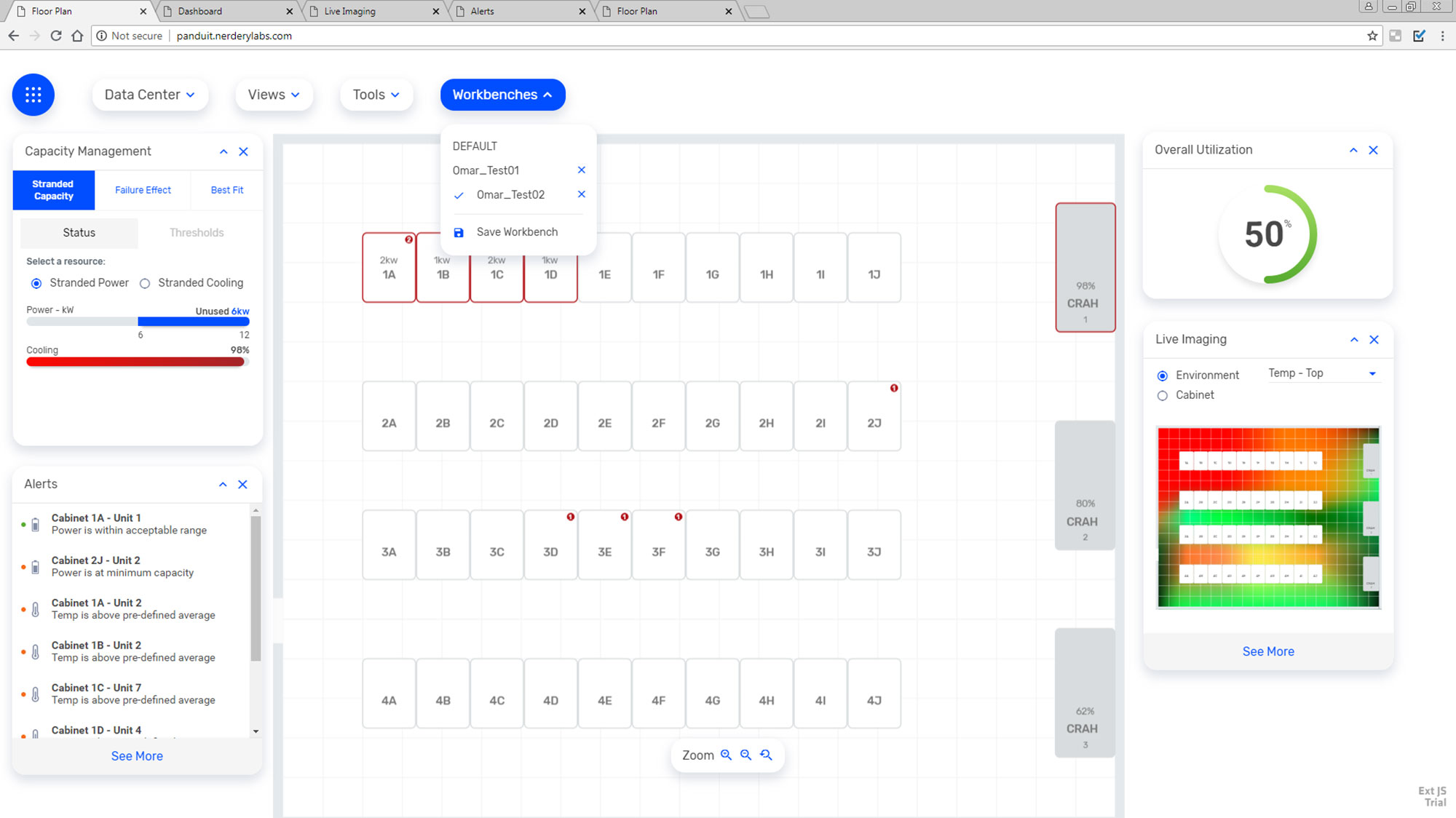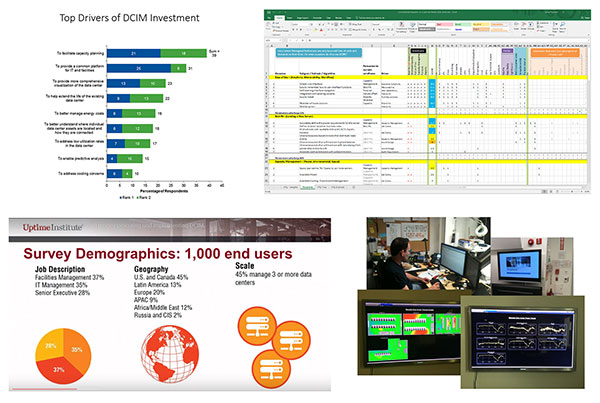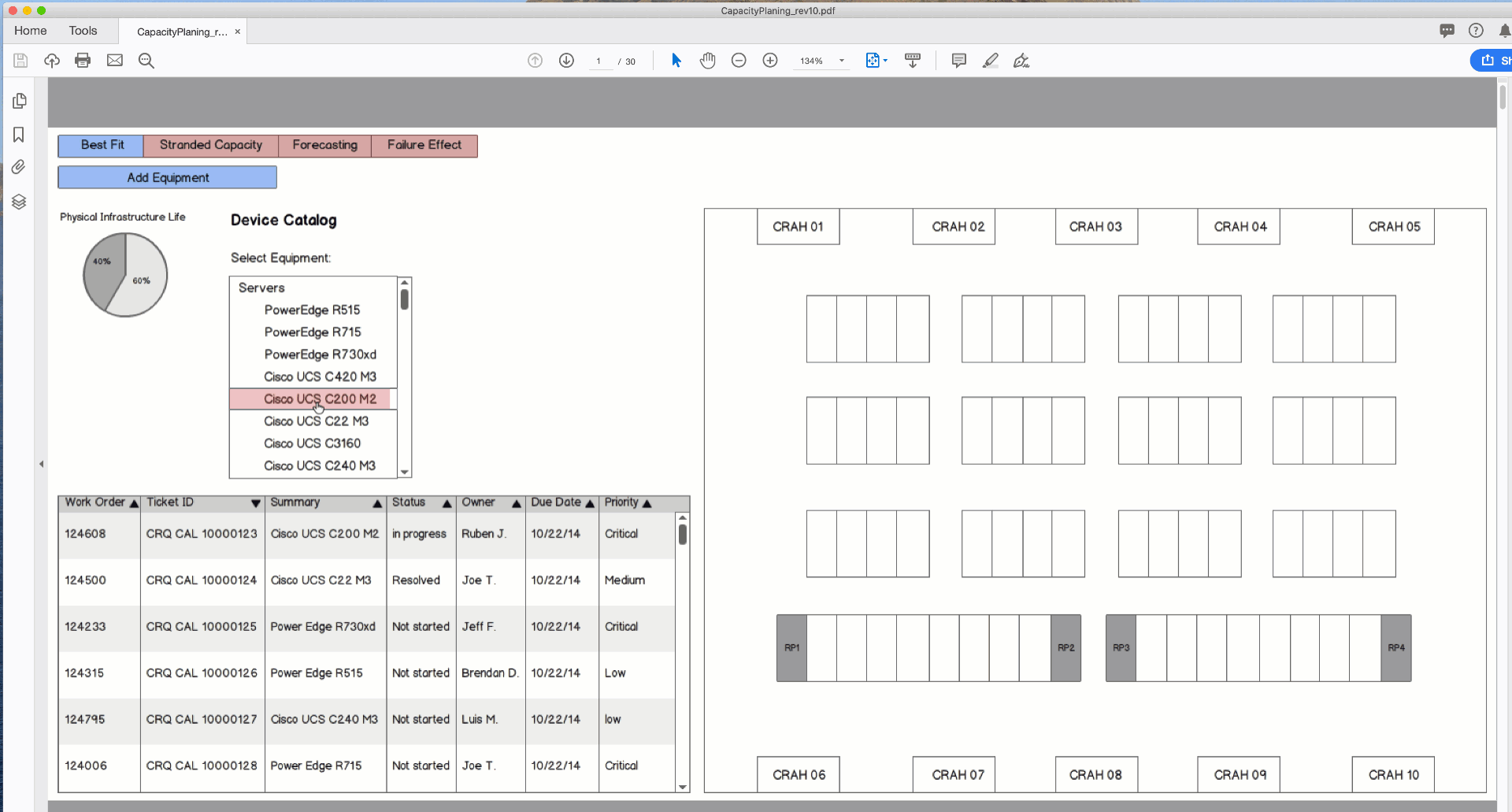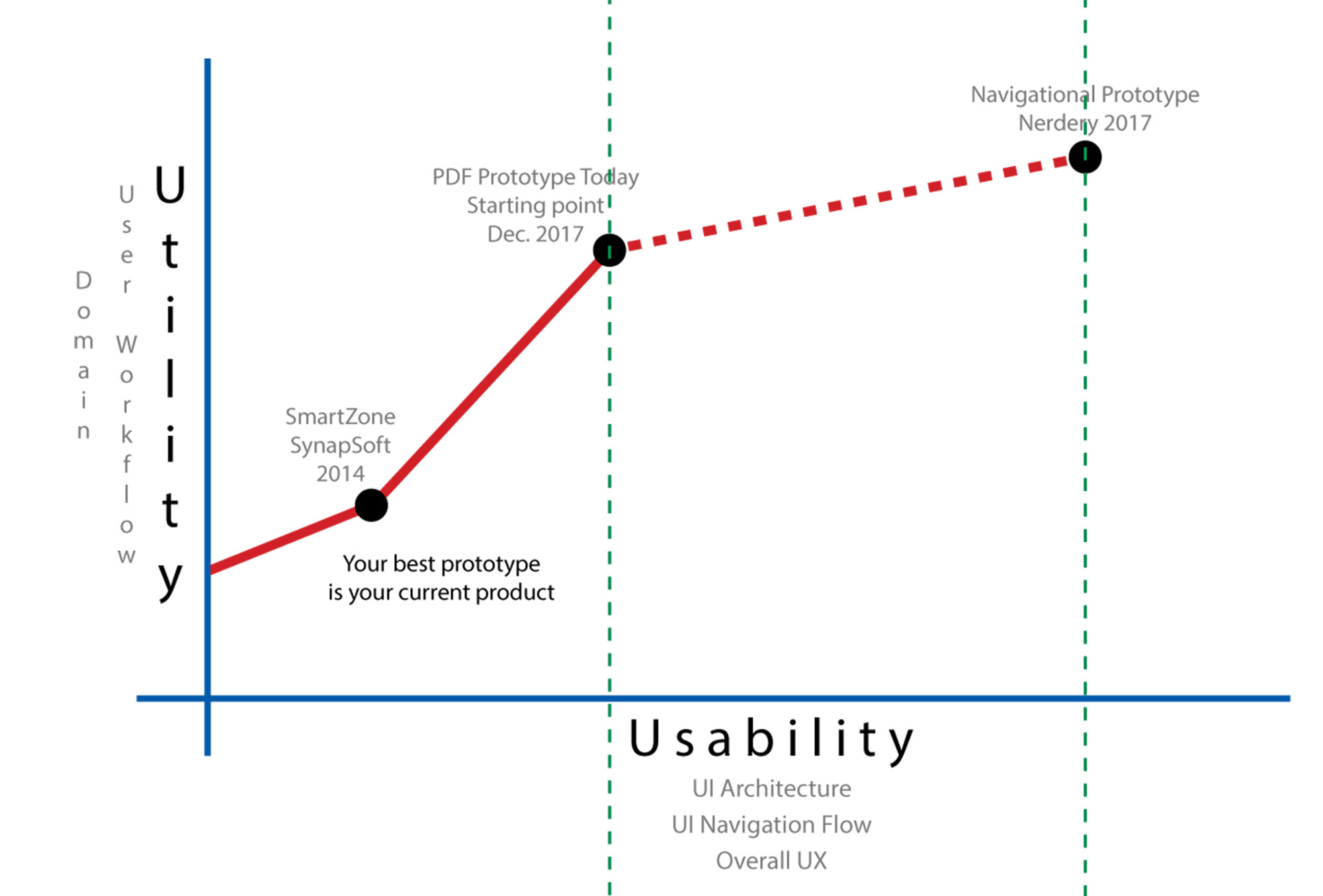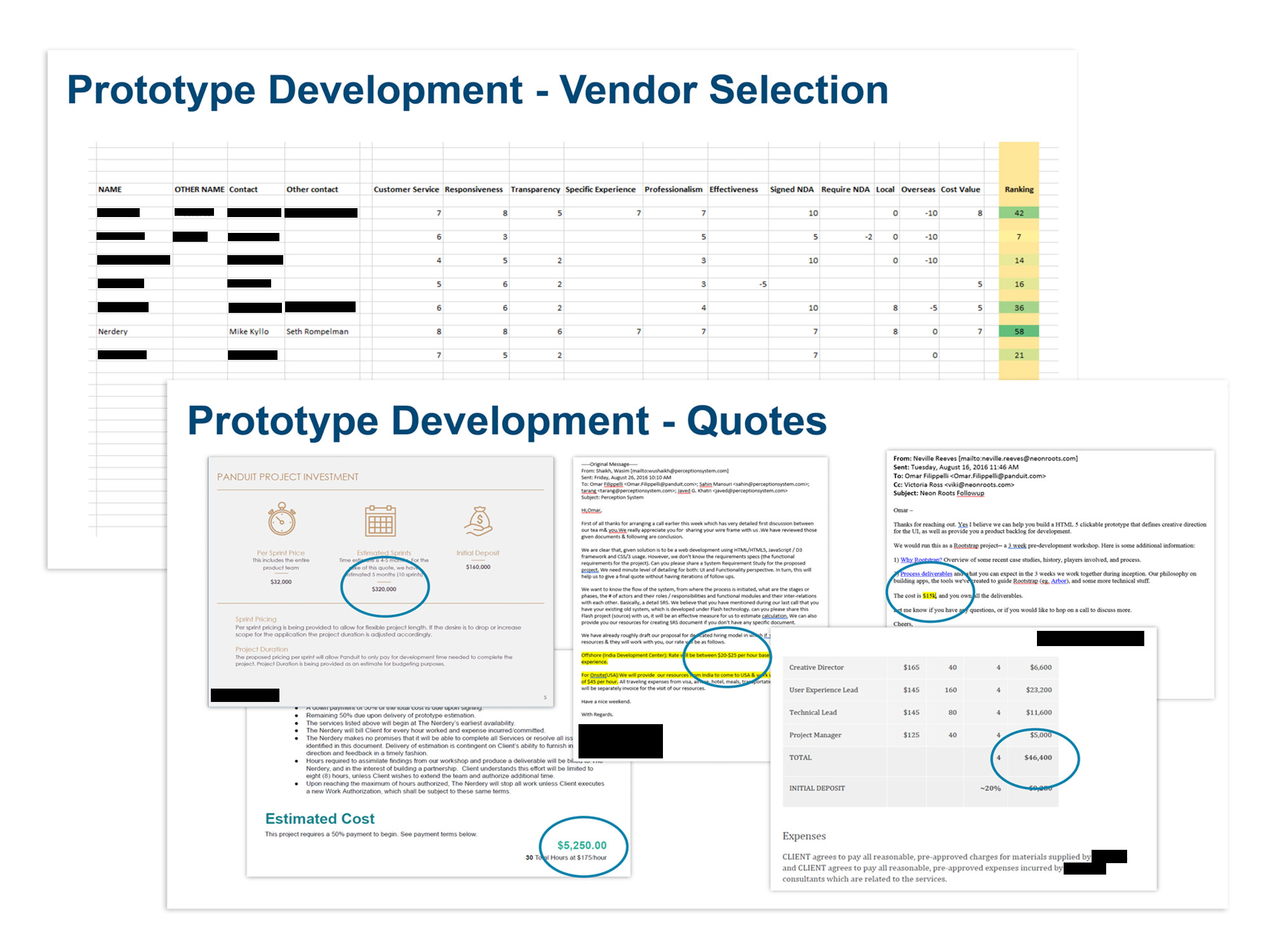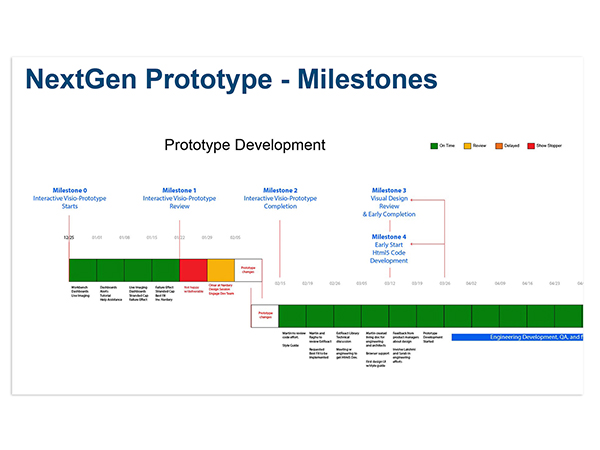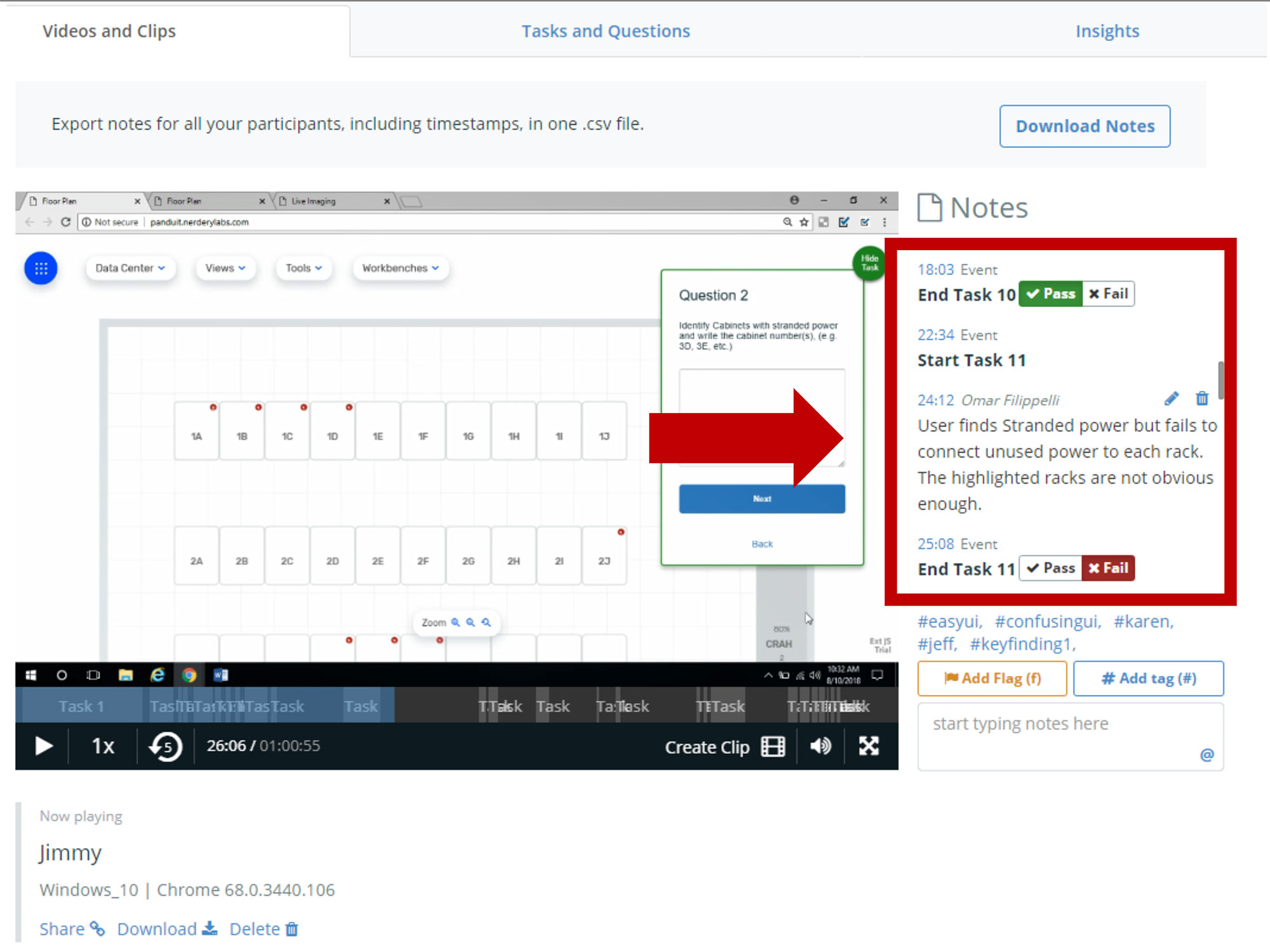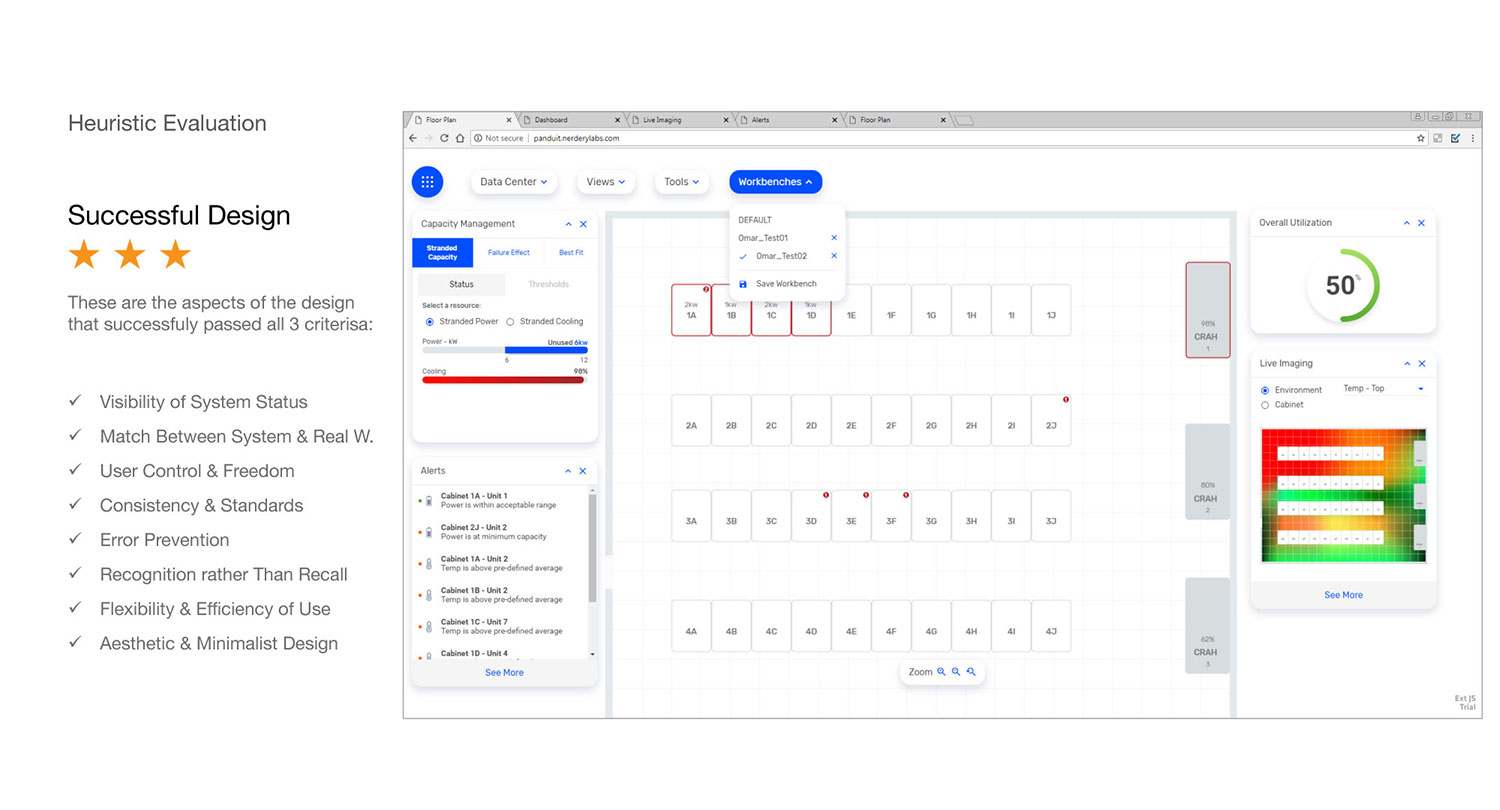NextGen Project
The initial mandate was to combine three enterprise software products into one solution. UX research efforts redirected this mandate and provided data for a new business opportunity.
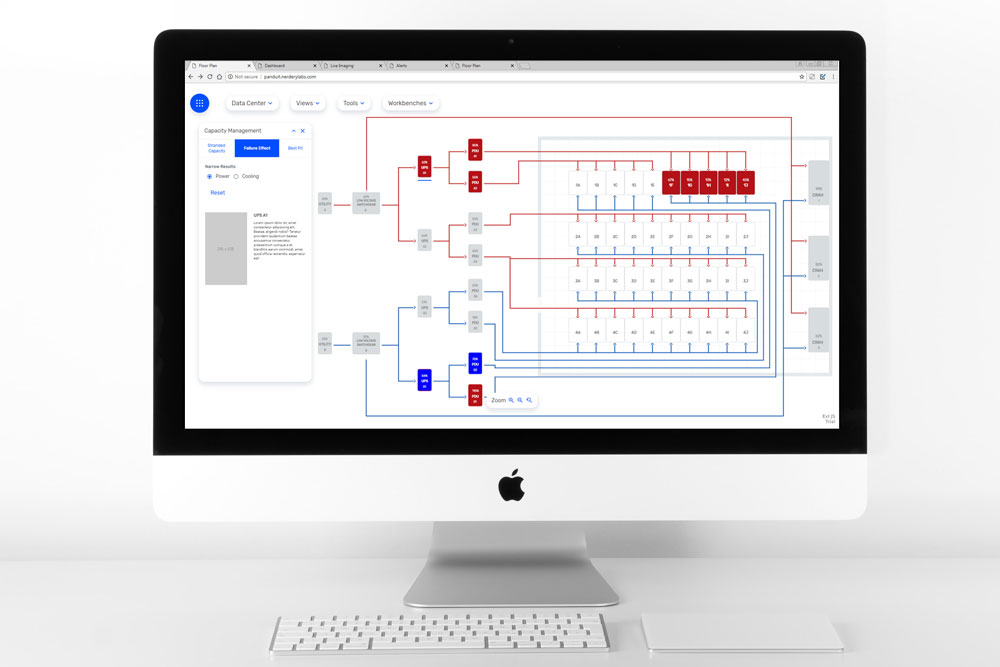
Project:
NextGen - SaaS product
My Role:
UX Leader
Researcher
UI Architect
Designer
Tools:
Balsamiq
Adobe Illustrator
Visio
HTML5/CSS
REACT
Brief
Due to organizational changes, this project had become stalled, but I kept working on it because I was curious about which data and features were being used most by our users across all software products. I wanted to know what other needs were not being met by current software offerings. I was able to generate a design architecture that satisfied the majority of our use-cases. I implemented the use of several codified data sets, such as field visits, industry experts, internal SME’s, tribal knowledge and other research results, all plotted in a decision-making matrix. This solution streamlined the workflow and discovered an underserved sector of the Data Center Management market.
This idea got the attention of various executives and decision makers, and after several rounds of business-case presentations, the funding for this prototype was approved and it became the vehicle of innovation for a new cloud-based solution.
Phase 1 - Research
Data Governance
This effort combined customer feedback from user interviews, opinions from industry experts, environment and workflow observations, and internal tribal-knowledge from all SMEs. It helped us narrow the data-set, guided our UX design and information architecture, and directed us to a cloud-base (SaaS) business model. Detail documentation ⟶
Phase 2 - Research
Testing Assumptions
Based on several key industry drivers, I designed a navigational wireframe using Balsamiq. This helped me gain internal consensus from PMs and Executives about the feature set and provided early design validation and direction from qualified users. Detail documentation ⟶
Phase 3 - Business Case
Executive Buy-in
After successfully testing the wireframe with several customers (10), I asked for PMs and SMEs' feedback, negotiated their buy-in, and conducted a series of presentations with executives and stakeholders. All of which led to a budget approval for prototype development. Detail documentation ⟶
Phase 4 - Resources
Selecting a Vendor
Due to the lack of internal engineering resources, I was commissioned to recruit an outside vendor to help us with the prototype development. I used the following vetting process and negotiation strategy to keep costs within budget and project constraints. Detail documentation ⟶
Phase 5 - Prototype Development
Managing Development
First, I conducted an onboarding session with the vendor, explaining key aspects of our user profiles, industry domain, and expected UX best-practices. Second, I crafted a mutually agreed-on schedule with clear deadlines, milestones, and deliverables. Third, I implemented a process with weekly scrum meetings and end-of-sprint demos. I kept the project true to contract, budget, and expected deliverables. Detail documentation ⟶
Phase 6 - Prototype Testing
User Testing
To educate about our design efforts, I executed a round of early testing with selected customers. Exposing the navigational architecture and feature set provided us with meaningful feedback and helped us to identify design flaws, redundancies, and data quality issues. Detail documentation ⟶
Phase 7 - Implementing Design Changes
Heuristic Evaluation
This process, combined with a task-specific Cognitive Walkthrough, helped me maintain a minimalist design. Focused within the most actionable data, with the right affordances to reduce mental load and cognitive dissonance, we increased user workflow efficiencies and tasks performance. Detail documentation ⟶
Phase 8 - Handover to Engineering
Code Complete
Working together with the engineering group, we successfully transitioned the project to our internal development team. Senior management assigned two UI developers to help me get the prototype up and running in one of our public servers. This allowed us to run frequent user testing sessions and promote changes and updates to the prototype with greater speed and flexibility.
